6 Common Causes of Roof Leaks In Heavy Rain
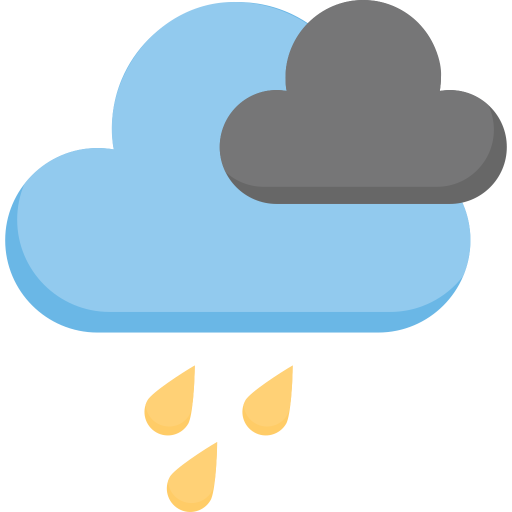
When it rains heavily, your roof should protect your home from water damage. However, if your roof leaks during heavy rain, it can cause significant problems, such as water stains, mold growth, wood rot, and structural damage. In this article, we will explore the six most common causes of roof leaks during heavy rain and suggest some practical solutions to help you avoid or fix them.
1
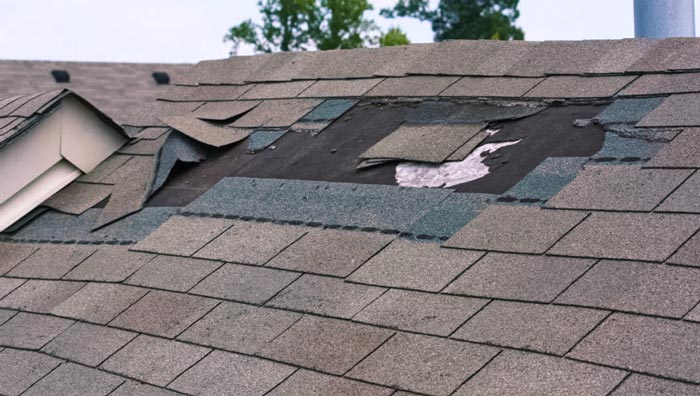
Damaged or Missing Shingles
The shingles on your roof serve as the first line of defense against rainwater. If they are damaged or missing, rainwater can penetrate your roof and seep into your attic or ceiling. Some signs of damaged or missing shingles include:
- Cracked, curled, or warped shingles
- Loose or missing shingles
- Granules or debris in your gutters or downspouts
To prevent or fix this problem, you should inspect your roof regularly, especially after a storm, and look for any signs of damage or wear. If you notice any damaged or missing shingles, you should replace them as soon as possible.
2
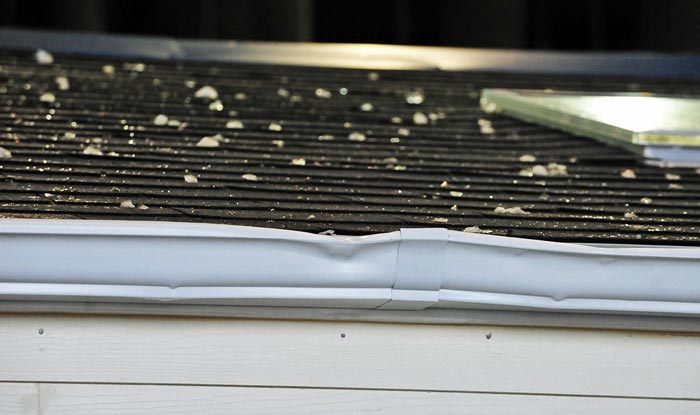
Clogged Gutters or Downspouts
Your gutters and downspouts play a crucial role in channeling rainwater away from your roof and home. However, if they are clogged with leaves, twigs, or debris, they can cause water to back up and overflow, leading to water damage or leaks. Some signs of clogged gutters or downspouts include:
- Water spilling over the edges of your gutters
- Sagging or detached gutters
- Damp or wet spots around your home’s foundation
The key to preventing or fixing this is to clean your gutters and downspouts at least twice a year, or more frequently if you have many trees around your home. You can use a ladder, gloves, and a scoop to remove the debris manually, or you can hire a professional to do it for you.
3
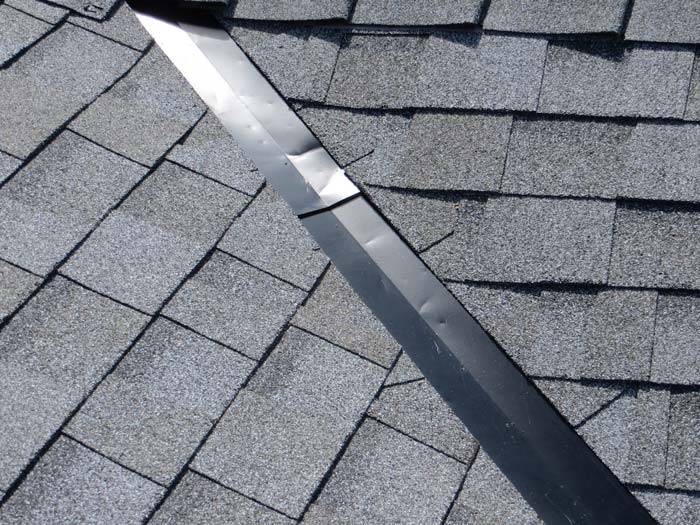
Faulty Flashing
Flashing refers to the metal strips or sheets that seal the joints and seams of your roof, such as around the chimney, skylight, or vents. If the flashing is damaged, rusted, or improperly installed, rainwater can seep into your roof and cause leaks. Some signs of faulty flashing include:
- Rust stains or corrosion around the flashing
- Loose or missing flashing
- Water stains or drips around the chimney or skylight
To prevent a recurrence of this situation, you should inspect your flashing regularly and look for any signs of wear or damage. If you notice any problems, you should repair or replace the flashing as soon as possible. You can use a roofing cement or sealant to seal the gaps or joints, or you can hire a professional roofer to do it for you.
4
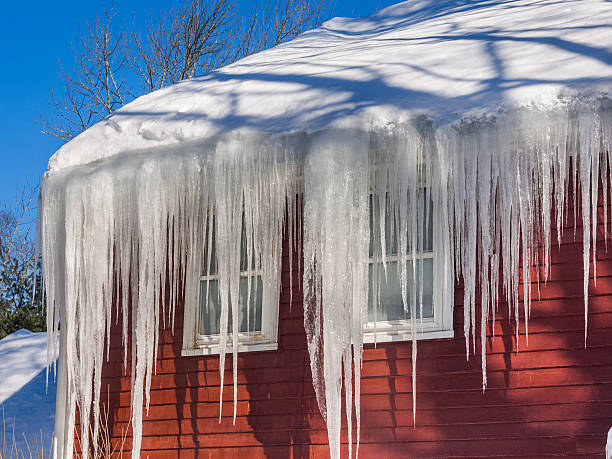
Ice Dams
Ice dams are a common problem in cold climates, where snow and ice can accumulate on your roof and form a barrier that prevents the melted snow from draining off your roof. The trapped water can then seep under your shingles and cause leaks. Some signs of ice dams include:
- Icicles hanging from your roof or gutters
- Ice or water stains on your ceiling or walls
- Wet or soggy insulation in your attic
This issue can be resolved by removing the snow and ice from your roof as soon as possible, using a roof rake or a broom, or hiring a professional to do it for you. You can also improve you
5
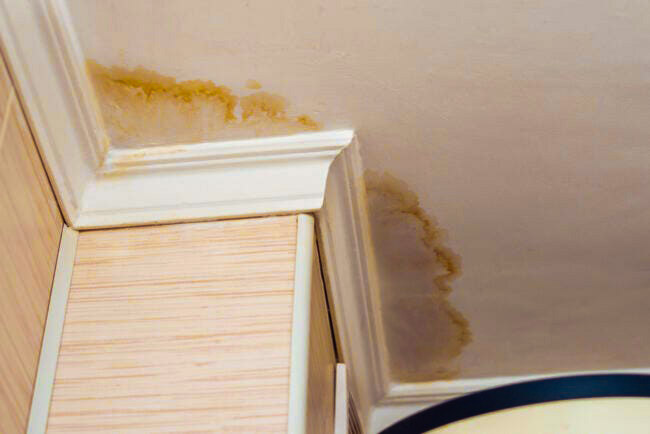
Condensation
Condensation occurs when warm, humid air from your home’s interior meets the cold surface of your roof or attic. The moisture can then accumulate and cause mold growth, wood rot, or water damage. Some signs of condensation include:
- Water stains or discoloration on your ceiling or walls
- Musty or damp odors in your attic or home
- Peeling or bubbling paint or wallpaper
To address this concern, it is recommended to improve your home’s ventilation and air circulation, especially in your attic. You can install vents, fans, or exhaust systems to remove the excess moisture and allow fresh air to circulate. You can also insulate your attic and seal any air leaks or gaps to prevent the warm air from escaping into your attic.
6
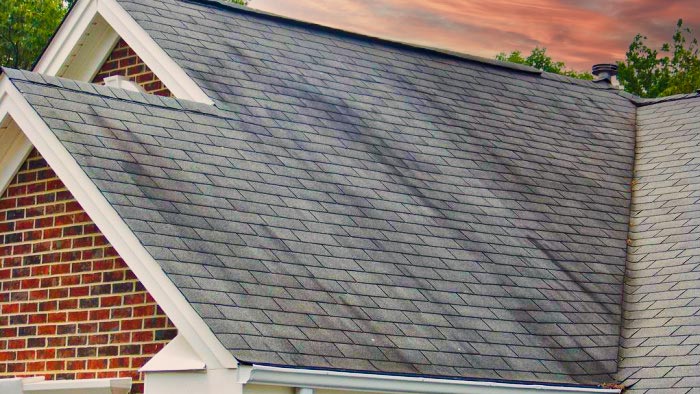
Aging or Poor Quality Roof
Lastly, your roof’s age and quality can also affect its ability to withstand heavy rain and prevent leaks. If your roof is old, worn, or poorly installed, it may have weak spots, cracks, or gaps that can allow rainwater to seep in. Some signs of an aging or poor quality roof include:
- Sagging or uneven roofline
- Visible cracks or holes in your roof
- High energy bills or poor insulation
To prevent or fix this problem, you should consider replacing your roof with a newer, high-quality material, such as metal, asphalt, or tile. You should also hire a professional roofer to inspect your roof regularly and repair any damage or wear before it becomes a bigger problem.
Conclusion
Roof leaks in heavy rain can be caused by various factors, such as damaged shingles, clogged gutters, faulty flashing, ice dams, condensation, and aging or poor quality roof. By identifying and addressing these issues early on, you can prevent or fix roof leaks and protect your home from water damage. If you need help with your roof, you can contact a local roofing contractor or home improvement professional for advice and assistance or Read More About Roof Leaks In Heavy Rain Here.
